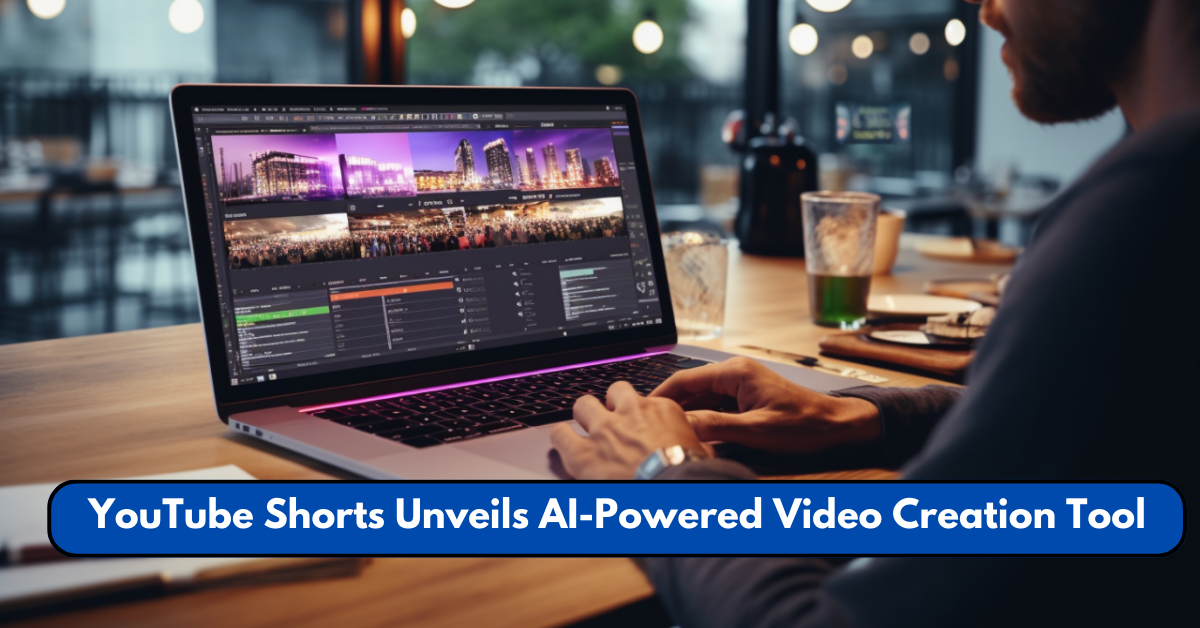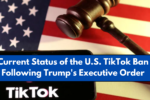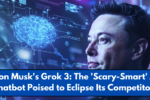YouTube has taken a significant leap in artificial intelligence (AI) integration by rolling out a new tool that allows users to add AI-generated video clips to Shorts. The feature, powered by Google DeepMind’s Veo 2 model, enhances the creative potential of short-form content by generating realistic and customizable videos based on user prompts.
AI-Powered Video Generation
YouTube Shorts, the platform’s response to TikTok and Instagram Reels, has been steadily evolving with new features to support content creators. The latest addition allows users to create entire video clips using AI, eliminating the need for extensive video editing skills or pre-recorded footage.
To access this feature, users need to:
- Open the YouTube Shorts camera.
- Select the media picker option.
- Tap “Create” and enter a text prompt.
The AI then generates a short video based on the input, offering creators a new way to experiment with their content. This functionality builds on previous AI tools, such as background replacement, but expands its capabilities by enabling complete video production.
Technology Behind the Feature
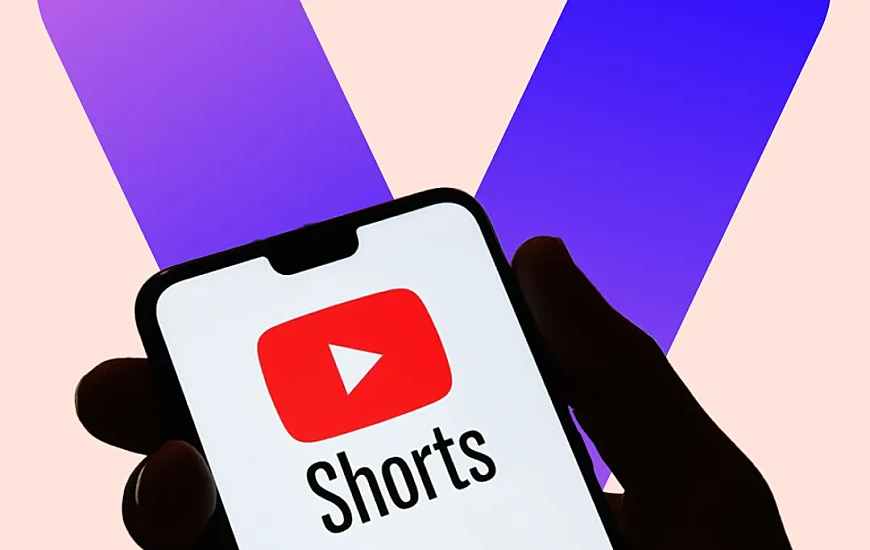
The AI tool leverages Google DeepMind’s Veo 2 model, an advanced video-generation technology that enhances realism by simulating real-world physics and human movements. This allows for smoother and more natural-looking AI-generated clips.
According to Google, Veo 2 can:
- Recognize and simulate realistic motion.
- Apply different cinematic styles and effects.
- Improve video clarity and coherence.
This innovation aligns with YouTube’s broader AI-driven initiatives, which aim to assist creators in generating content more efficiently while maintaining authenticity.
AI Transparency and Ethical Considerations
To ensure transparency, AI-generated videos will be labeled using SynthID watermarks—an invisible but detectable marker developed by Google. This measure helps distinguish AI-generated content from human-created videos and prevents misinformation.
YouTube has also emphasized the responsible use of AI in content creation. In its AI principles, the company highlights its commitment to fairness, transparency, and safety. More information about AI policies and guidelines can be found on official government and regulatory websites such as the Federal Trade Commission (FTC) and the Federal Communications Commission (FCC).
Regional Availability and Expansion Plans
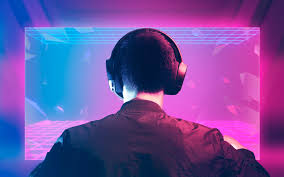
The AI-generated video feature is currently available in the United States, Canada, Australia, and New Zealand. YouTube has not yet announced a global rollout date but is expected to expand access gradually based on user feedback and regulatory considerations.
For updates on the international availability of AI tools, users can refer to the U.S. Copyright Office and other relevant government websites.
Implications for Content Creators
The integration of AI into YouTube Shorts offers multiple benefits for content creators:
- Efficiency: AI can quickly generate high-quality videos, reducing production time.
- Accessibility: Users without professional video-editing skills can create visually engaging content.
- Creativity: The ability to experiment with different styles and effects can inspire new content ideas.
However, some creators may worry about originality and the potential for AI-generated content to overshadow traditional video production. YouTube has reassured users that these tools are meant to supplement, not replace, human creativity.
The Future of AI in Video Creation
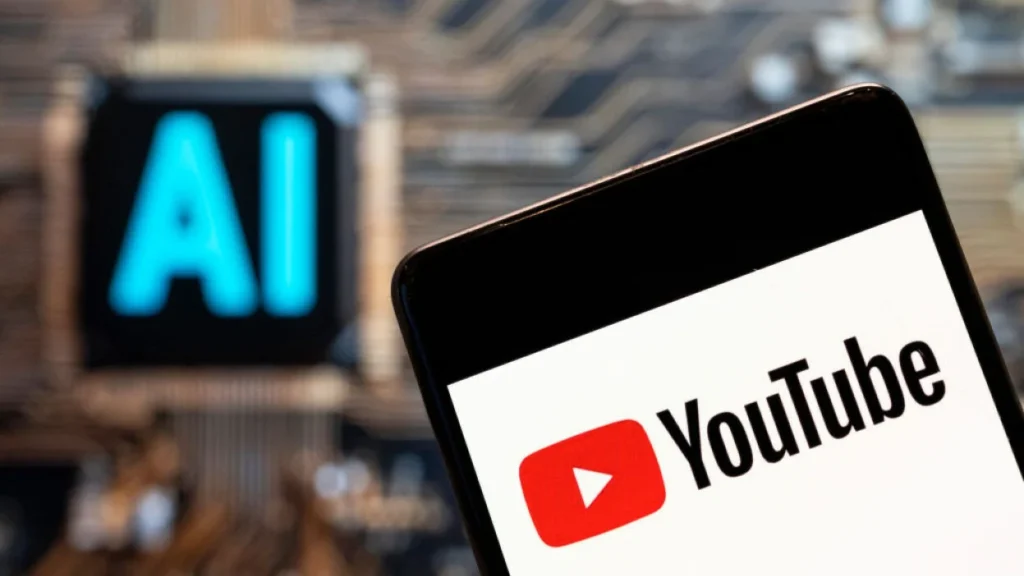
This new AI-powered Shorts feature is part of YouTube’s broader push into artificial intelligence. In addition to video generation, YouTube has been developing AI tools for content suggestions, automated captions, and title generation.
The introduction of AI-generated video clips reflects a growing trend of AI-driven content creation across digital platforms. As regulatory bodies, including the European Commission, continue to explore AI governance frameworks, YouTube will likely refine its AI policies in response to evolving industry standards.
Conclusion
YouTube’s new AI-generated video tool for Shorts represents a major advancement in digital content creation. By leveraging DeepMind’s Veo 2 model, the platform is making video production more accessible and innovative while maintaining transparency through SynthID watermarks.
As the feature expands to more regions, it will be interesting to see how creators and audiences embrace AI-generated content and how regulatory frameworks adapt to this evolving technology. For now, YouTube’s AI-powered Shorts feature is set to redefine the way users engage with short-form video content.
This article has been carefully fact-checked by our editorial team to ensure accuracy and eliminate any misleading information. We are committed to maintaining the highest standards of integrity in our content.

Premlata is a seasoned finance writer with a keen eye for unraveling complex global financial systems. From government benefits to energy rebates and recruitment trends, she empowers readers with actionable insights and clarity. When she’s not crafting impactful articles, you can find her sharing her expertise on LinkedIn or connecting via email at [email protected].

